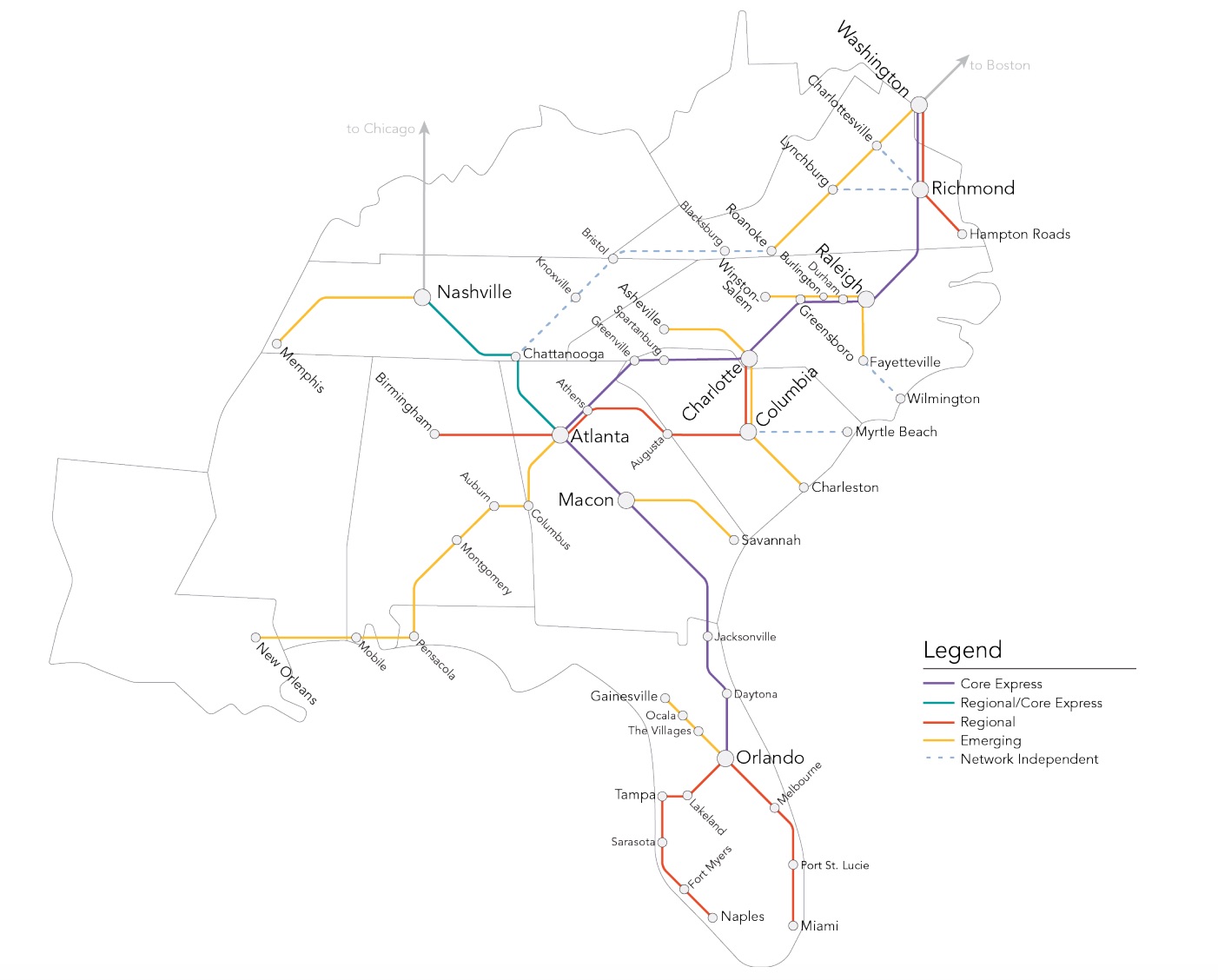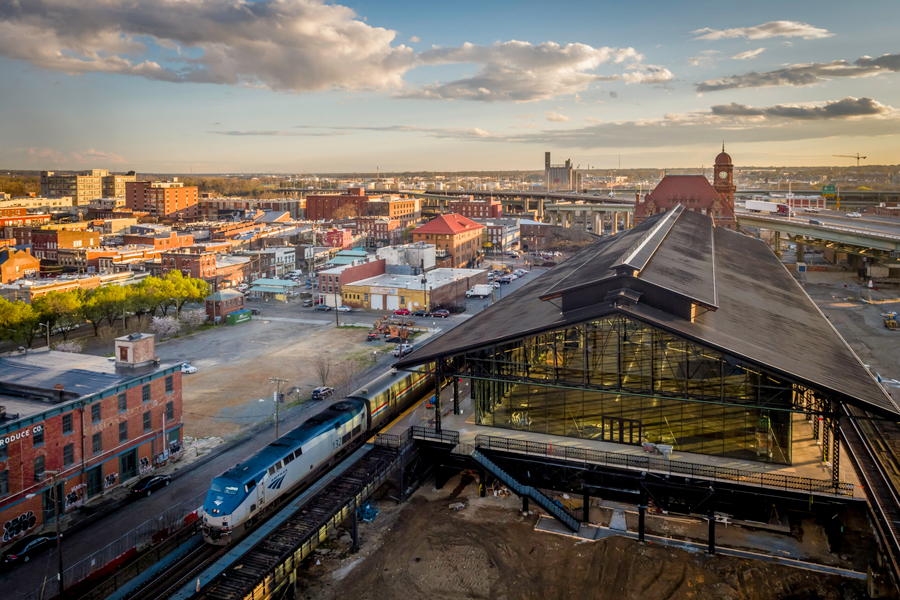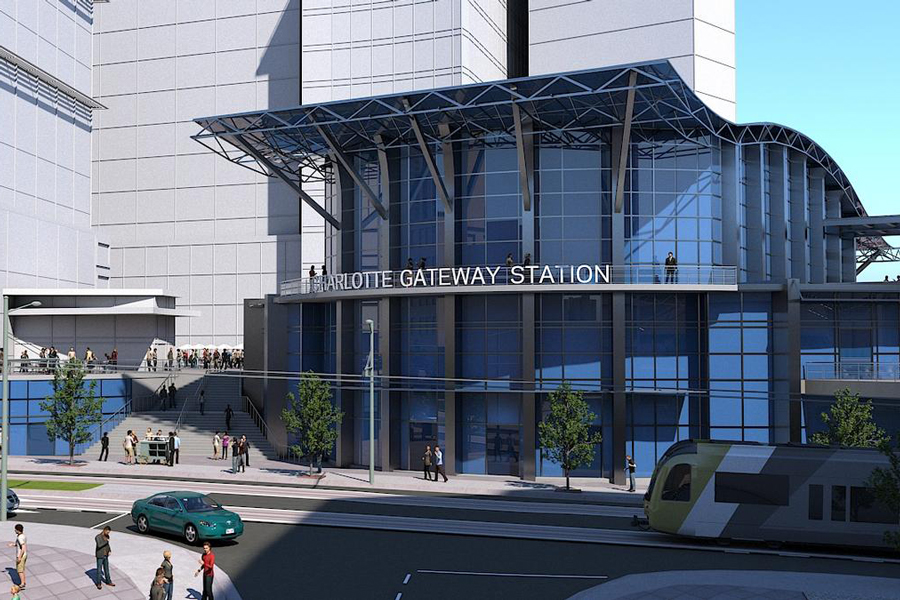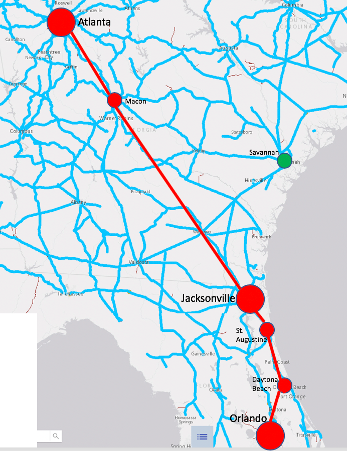The Virginia Passenger Rail Authority (VPRA) has begun preliminary discussions with Northeast freight operator Norfolk Southern Railways (NS) about alternative ways to expand Virginia’s passenger rail service. Earlier this year, plans were drafted to extend the N-Line...
The Southeast Corridor Commission (SEC), established in 2019, recently unveiled their website and published an ambitious Southeast Regional Rail Plan in December of 2020.
The plan is a multi-state effort that progresses a long-term regional passenger rail vision for the Southeast. It assesses the potential of routes throughout the corridor and creates a vision for intercity connections to be built out over the next 40 years. It builds on all of the state’s rail plans and individual projects, evaluating their benefits to the entire region and provides recommendations for how the network should be delivered.
This vision is created using the same principles established by the Integrated Network Approach. It connects the entire Southeast region by combining the transformative power of dedicated high-speed lines with the geographic coverage of tracks that handle both passenger and freight trains. This approach delivers steady and incremental progress by identifying the core of the network and then building out additional segments from there.
The core of the network for the SE Corridor is centered around the economic hub of Atlanta. From Atlanta, 3 high-speed lines would link the region: Atlanta to Tampa Bay via Jacksonville and Orlando, Atlanta to Nashville and Atlanta to Washington D.C. via Charlotte and Raleigh. This core service would carry about 70 percent of the region’s passenger rail travelers with service at top speeds over 125 mph.
By building out this core service, it would improve connectivity throughout the region and would strengthen the case for regional and emerging service. The entire network would then connect 70% of the region’s population directly to passenger rail, while improved transit and bus service could be built out to reach even more.
This is the benefit of a multi-state rail plan. It is able to encapsulate much more of the value a passenger rail line creates by looking beyond the simple city hub to city hub way of thinking and instead evaluating the interconnectedness of an entire network. This regional plan would enable 3,841 discrete city pairs alone.
This also shows why a national rail plan is so important. By looking at the big picture It could assess the benefits of a robust network linking the 48 continental states together. In the Southeast Rail Plan they address this shortcoming by stating their intention to study the multiplying benefits of connecting to the Northeast Corridor and the Midwest Region.
The best way to assess the true benefits of an integrated, fast freight and high-speed passenger rail network, is through a national plan. A federal program could link the existing state and regional rail plans into a big-picture project that would help Congress, state departments of transportation and private actors set priorities. It also has the budgetary and administrative heft to create transformative change on a national scale.
Please sign our petition telling Congress it’s time to build high-speed rail around the country.
Read More:
Amtrak is Ready to Grow. Will it Finally Get the Subsidy it Deserves?
20 Minutes With: Amtrak President Stephen Gardner
New Administration Brings Hope to America’s Intercity Passenger Rail
Amtrak Official: Gulf Coast Service Starting in 2022
Why an Investment in Infrastructure would Strengthen America Structurally and Economically
The Latest from HSRA
Our Latest Blog Posts
Check out the latest news, updates, and high speed rail insights from our blog!





